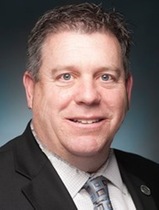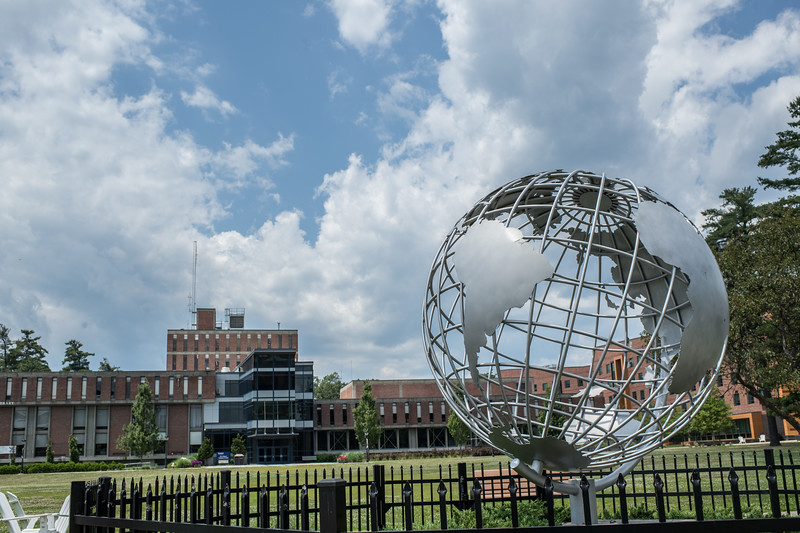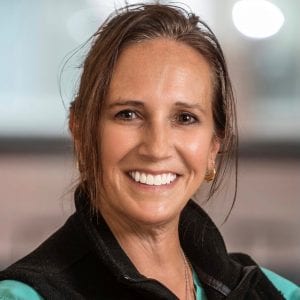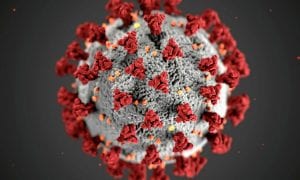WESTFIELD- Westfield State University students moved back onto campus over the weekend to begin the spring semester after in-person learning for the fall semester was cut short due to COVID-19.
Students will begin the semester with one week of remote learning before returning to in-person and hybrid learning on Feb. 1.
In order to prevent the scenario that played out in the fall semester from happening again, Westfield State students will be required to take a COVID-19 test on at least a weekly basis. In the fall, students were required to get tested every two to three weeks, which school administration officials said led to them not having enough real-time information on the state of the campus outbreak.

Westfield State University Athletic Director Richard Lenfest Jr. (WESTFIELD STATE UNIVERSITY PHOTO)
“That will be a big help for us,” said Richard Lenfest Jr., the Westfield State athletic director and COVID-19 testing coordinator, “We will have much better information on a weekly bass.”
Lenfest said that in addition to more frequent COVID-19 tests, the residential halls will be “de-densified.” Every student will be required to live in a single room. Those that live in suites or on-campus apartments will only occupy the singles in those dorms.
Lansdowne Place, Westfield State’s off-campus apartments on Thomas Street, will continue to act as a quarantine area for students who test positive for COVID-19. In the fall semester, Lansdowne Place filled up rapidly with students who had tested positive, which contributed to the decision to shut down the campus for the remainder of the year.
Westfield State typically has a residential student population of about 3,000 during a normal school year. In the fall semester there were approximately 1,400 students living on campus.
Dean of Students Maggie Balch said that only about 700 students will return to live on campus for the spring 2021 semester.
Balch said the plan is to have students remain on campus as much as they possibly can. There will be no Spring Break, and Balch said Westfield State is looking at ensuring that grocery delivery services are available to students throughout the semester.
She said that Westfield State students responded well to the restrictions that were slowly implemented in the fall semester before the campus ultimately closed down.
“I think our students did well. They weren’t happy, but one thing I appreciate about our students is that they get it,” said Balch. “They did the best that they could just like the rest of us. They weren’t excited about it, but they were patient with us.”
She said a big factor in the success of this semester is that students now have a better idea of what to expect as they return to school. In the fall semester, contending with COVID was a new challenge for students and university officials because they had left campus so soon after the initial wave in March.
“The most difficult part in managing students in a pandemic is the ambiguity,” said Lenfest, “People want an answer. Sometimes the answer they don’t like and sometimes the target moves.”
While student activities will obviously be severely limited while the pandemic is ongoing, Balch said that efforts are being made to give students things to do on campus.
She said that the Campus Activities Board (CAB) has been working on a lot of virtual programs. These will allow students who chose to remain home to participate in activities with students who returned to campus.






